Hungary - 2017
We visited Bratislava on our first Operatif Music Lovers tour in June 2017.
(Europe - Operatif Bohemian Rhapsody Tour)
(Melbourne - Dubai - Munich - Salzburg - Český Krumlov - Prague - Vienna - Bratislava - Budapest - Dubai - Melbourne).
From Bratislava in Slovakia we first visited Szentendre before we travelled on to Budapest.
Szentendre
Szentendre is a tourist town on the banks of the Danube River, about a half-hour drive fom Budapest.
The name of the town is based on the Medieval Latin form Sankt Andrae ("St. Andrew").

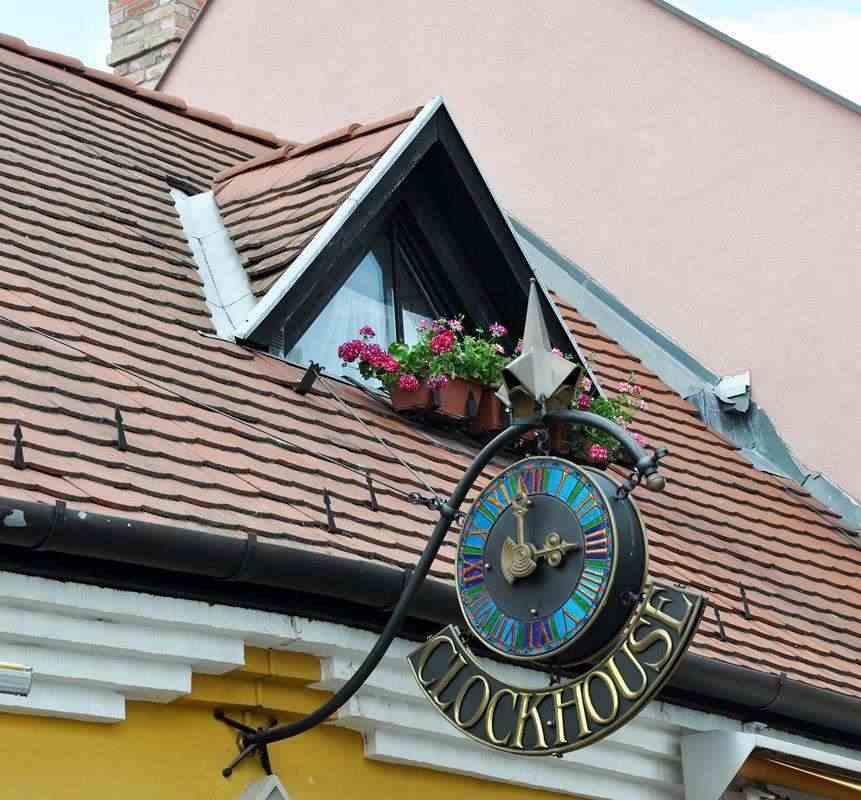
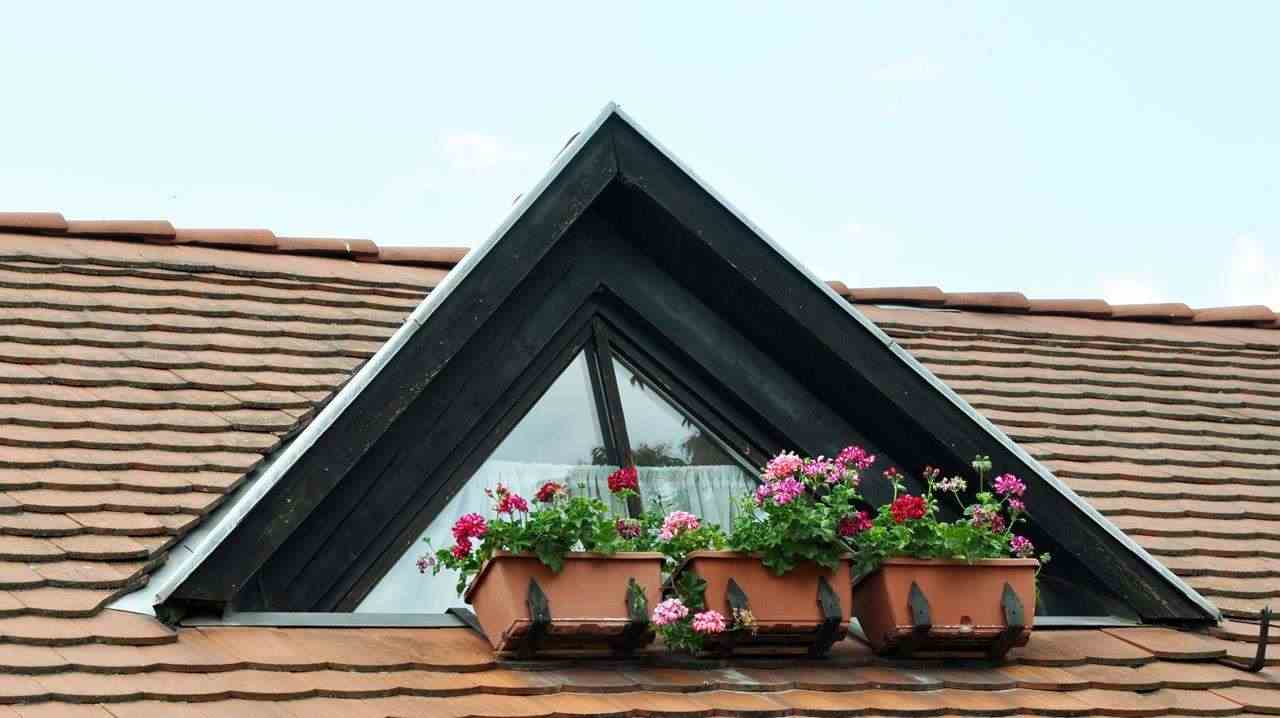
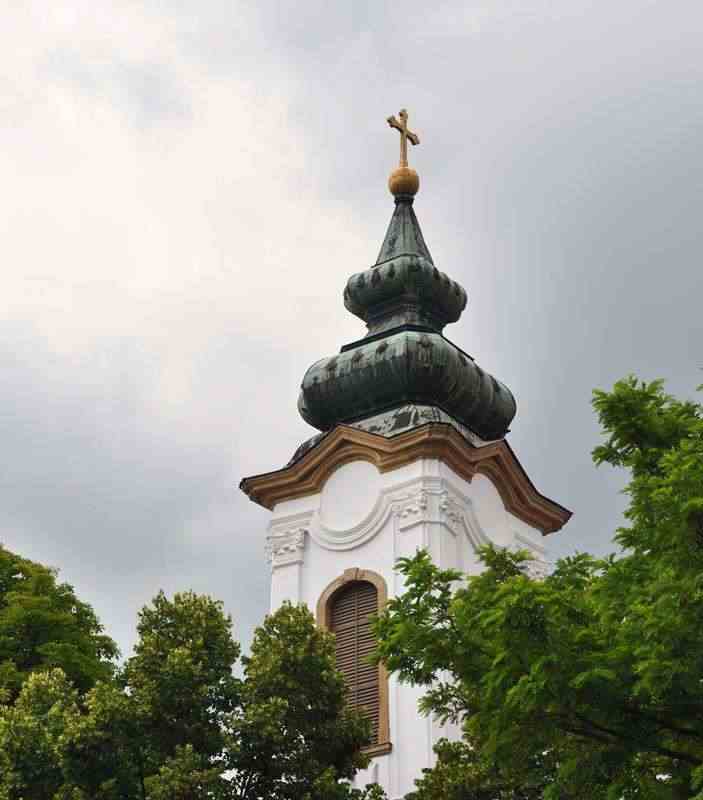
Budapest - the Pest side of the Danube River
Our hotel was on the Pest side of the Danube River.
Pest is the urban centre of the city, on the east side of the river. Parliament, the Basilica, the Synagogue, the Opera, Music Academy,
Central Market Hall, Palace of the Arts, and National Theatre are all here and in walking distance of each other
(more or less…the last two are a pretty healthy hike), as is virtually everything else.
Pest sits on a plane wheras Buda on the other side of the river is hilly and semi-urban.
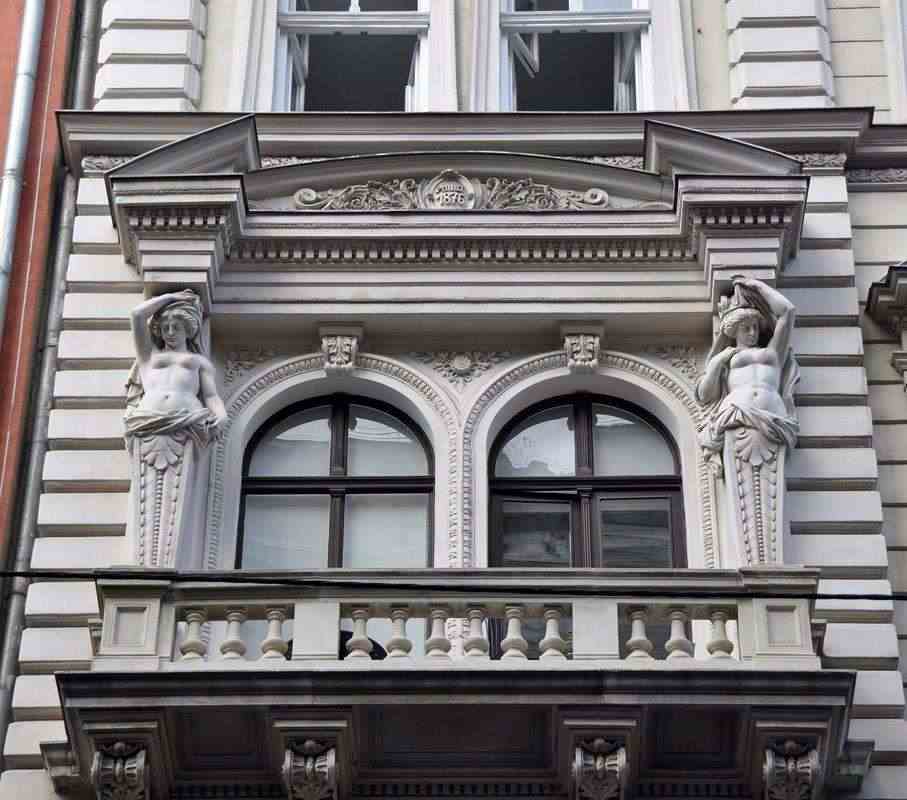
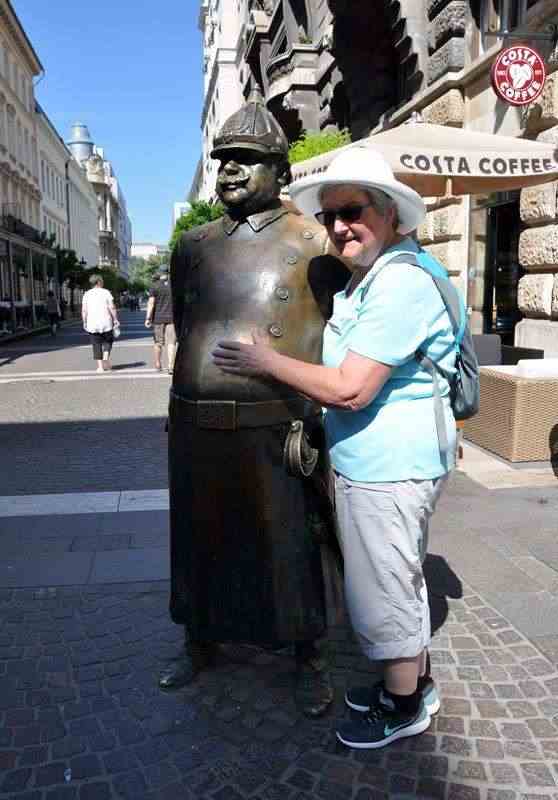
Széchenyi Thermal Baths
Széchenyi thermal bath is the largest medicinal bath in Europe.
Its water is supplied by two thermal springs, whose temperatures are 74 °C and 77 °C, respectively.
Components of the thermal water include sulphate, calcium, magnesium, bicarbonate and a significant amount of fluoride acid and metaboric acid.
Medical indications are on degenerative joint illnesses, chronic and sub-acute joint inflammations, as well as orthopaedic and traumatological post-treatments.
There are 3 outdoor and 15 indoor pools as well as spas and saunas.
Opened in 1913, the domed neo-baroque style entrance gallery is spectactular.
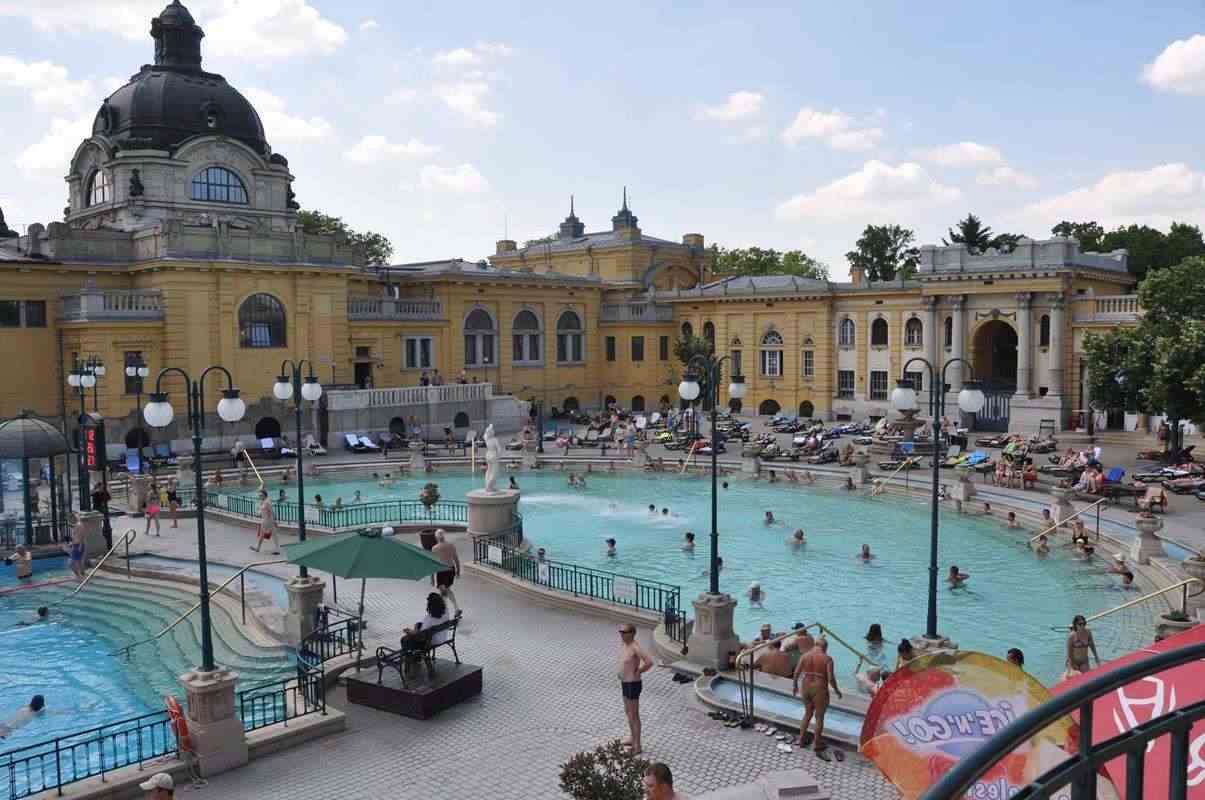
Heroes Square - Hősök Tere
Construction began in 1896 to commemorate the thousandth anniversary of the Hungarian conquest
of the Carpathian Basin and the foundation of the Hungarian state in 1896.
When the monument was originally constructed, Hungary was part of the Austro-Hungarian Empire and thus the last five spaces
for statues on the left of the colonnade were reserved for members of the ruling Habsburg dynasty.
The Habsburg emperors were replaced with Hungarian freedom fighters when the monument was rebuilt after World War II.
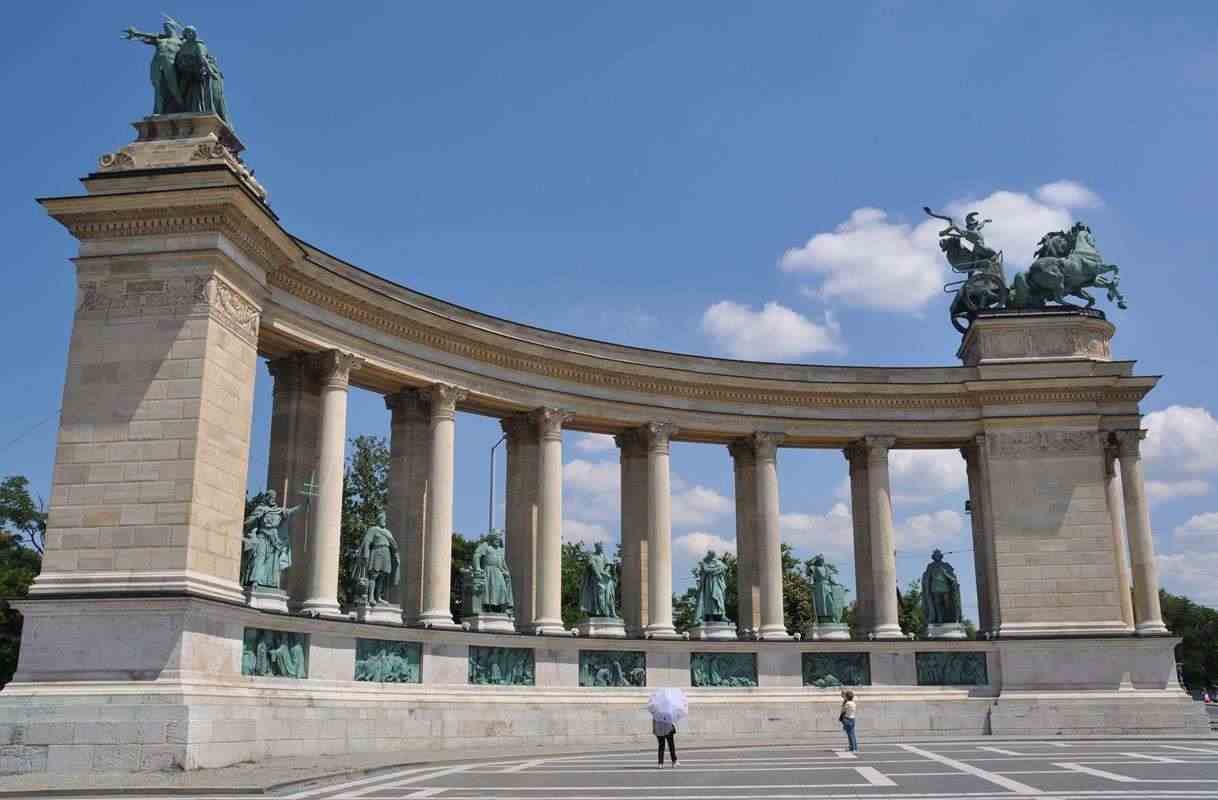
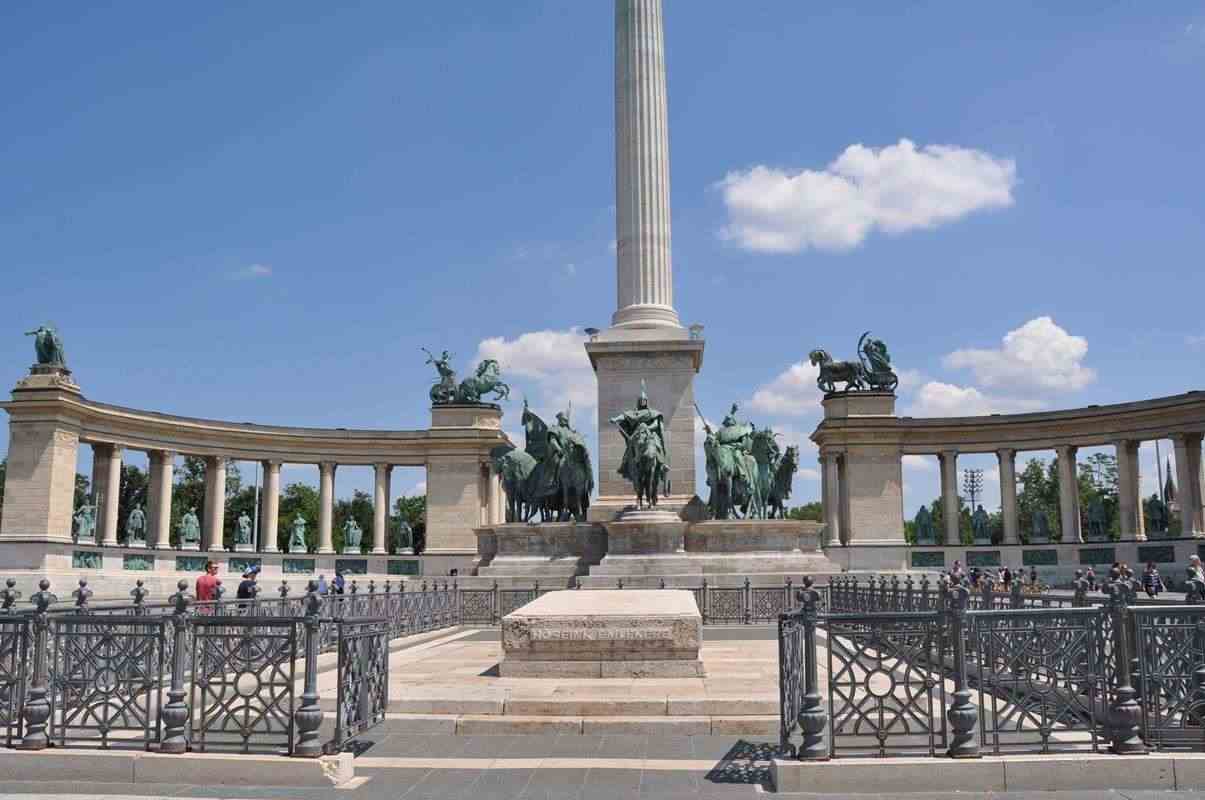
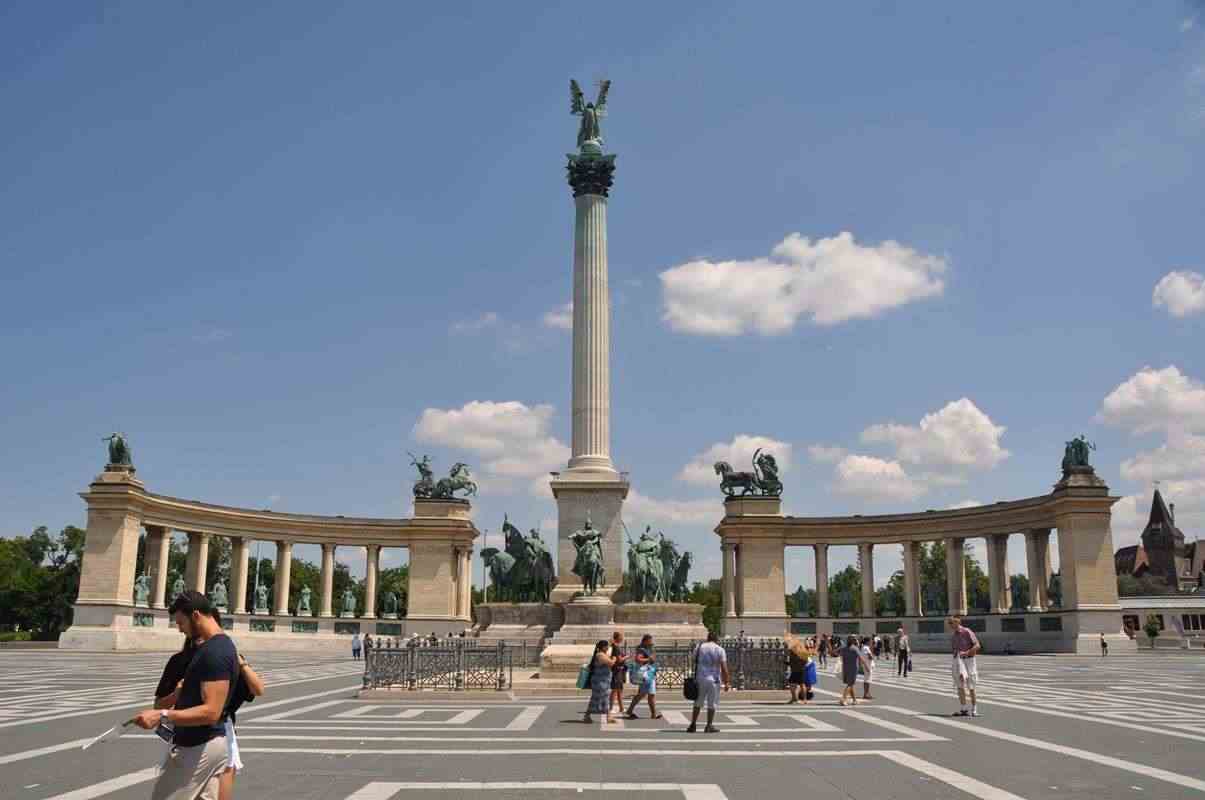
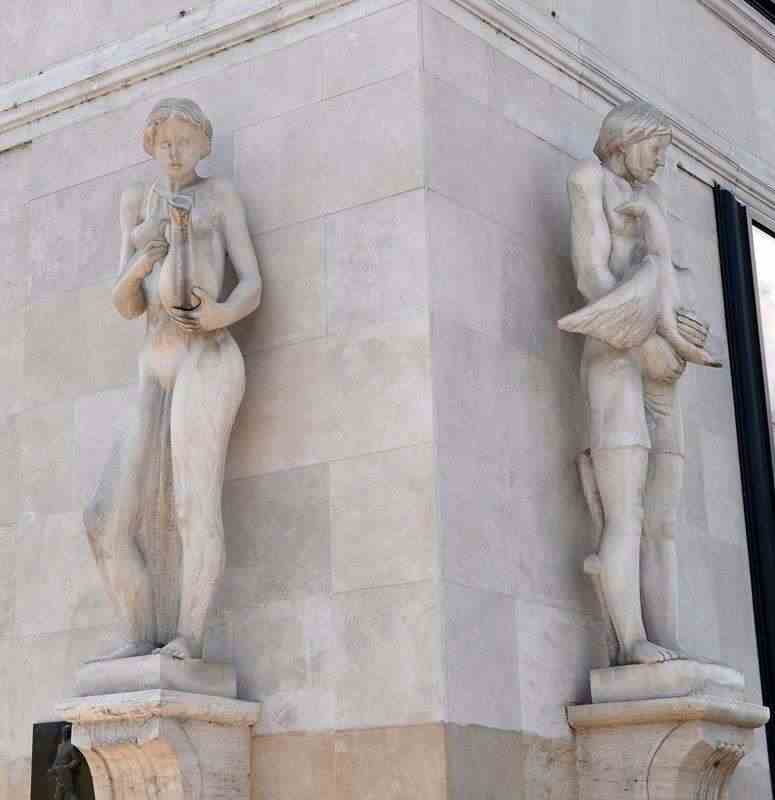
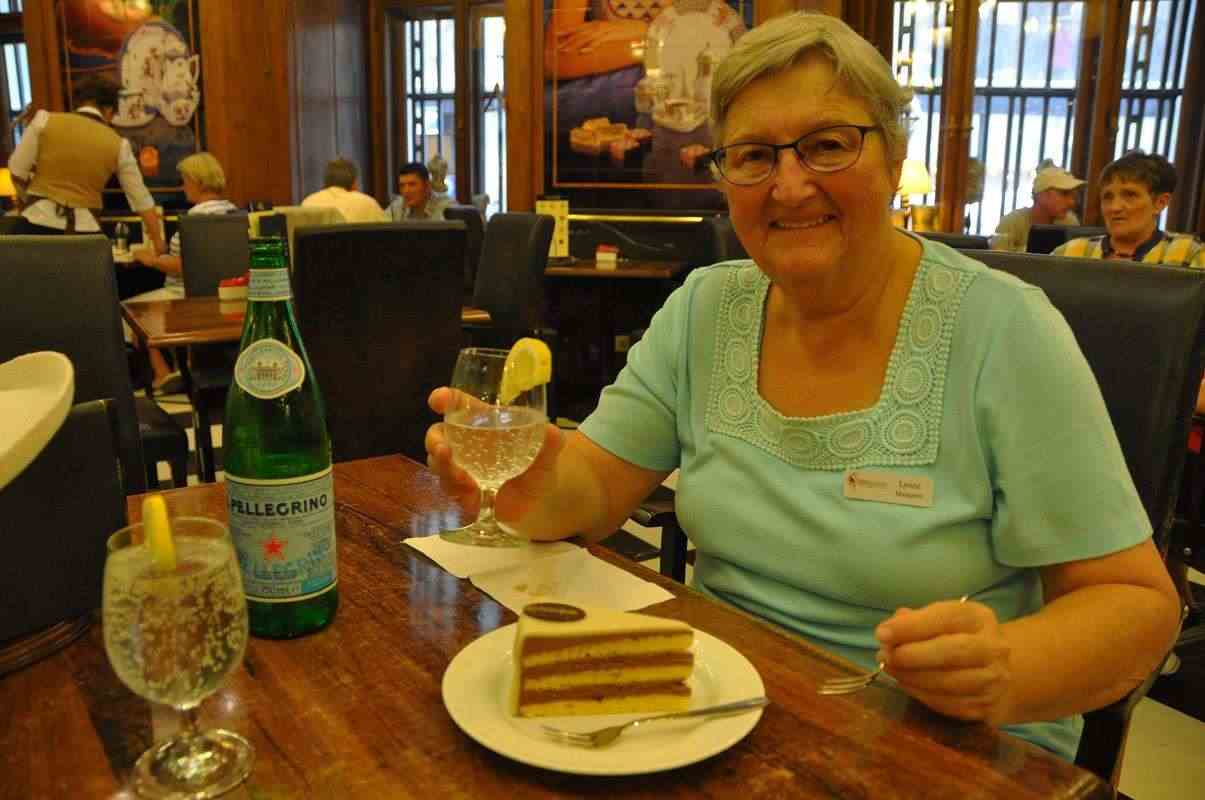
Hungarian Parliament Building - Budapest
Magnificent on the outside! - Magnificent on the inside! - Magnificent at night!
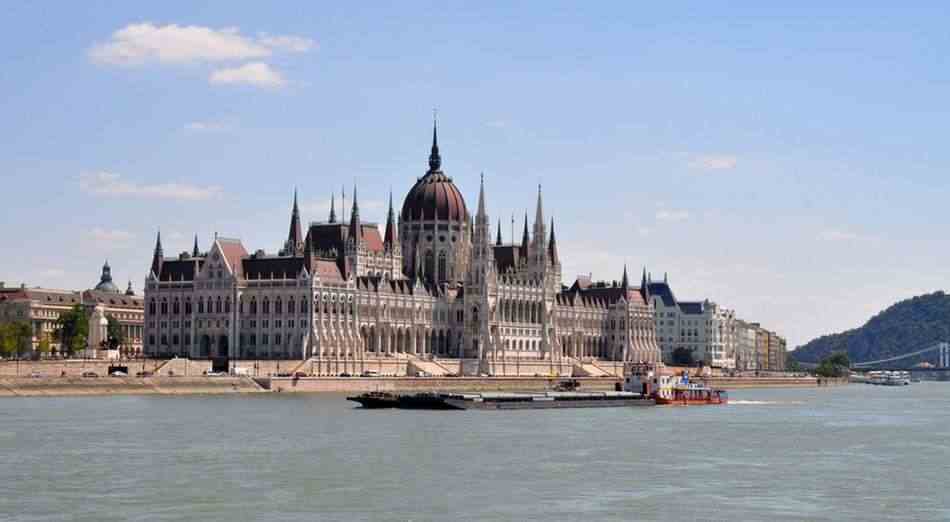
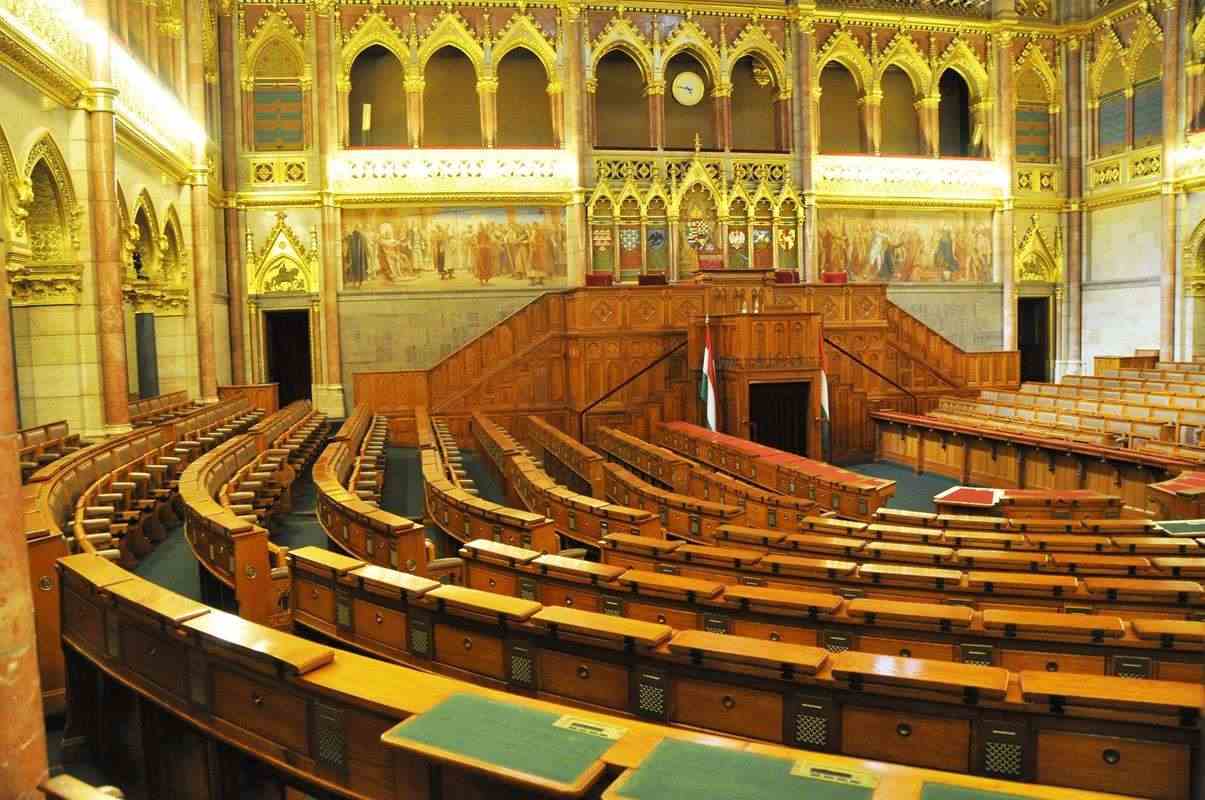
Shoes on the Danube Bank
The Shoes on the Danube River Bank is a memorial on the Pest side of the river that was near our hotel.
Conceived by film director Can Togay, he created it with sculptor Gyula Pauer to honor the people (mainly Budapest Jews)
who were killed by fascist Arrow Cross militiamen in Budapest during World War II.
They were ordered to take off their shoes, and were shot at the edge of the water so that their bodies fell into the river and were carried away.
It represents their shoes left behind on the bank.
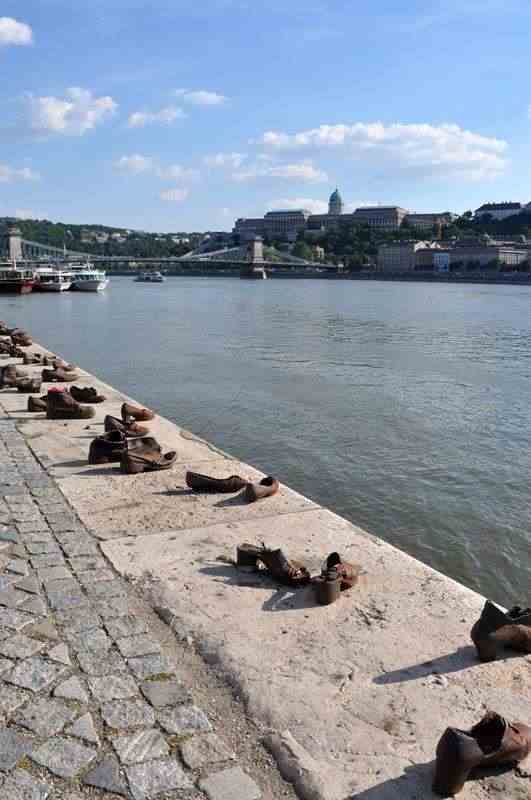
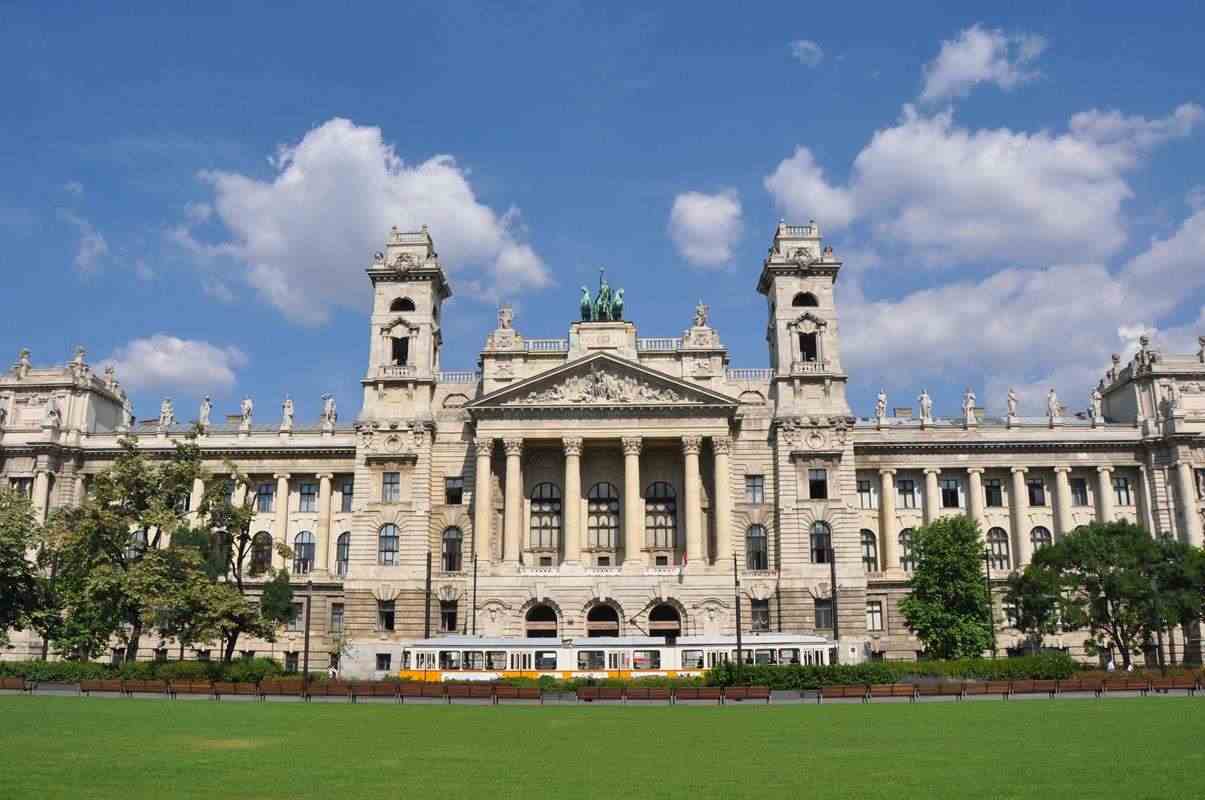
Budapest - Chain Bridge - Széchenyi Lánchídaa
Opened in 1849, it was the first permanent bridge across the Danube in Hungary.
The bridge has the name of Count István Széchenyi, a major supporter of its construction, attached to it, but is most commonly known as the "Chain Bridge".
In the 1830s, Széchenyi visited Britain and was very impressed with a suspension bridge, the Marlow Bridge, across the River Thames in Marlow,
that was designed by the English engineer William Tierney Clark.
Clark designed the Chain Bridge in 1839 and its construction was supervised locally by Scottish engineer Adam Clark (no relation).
At the time, its centre span of 202 metres was one of the largest in the world.
The bridge's cast iron structure was updated and strengthened in 1914.
In World War II, the bridge was blown up on 18 January 1945 by the retreating Germans during the Siege of Budapest, with only the towers remaining.
It was rebuilt, and it reopened in 1949.
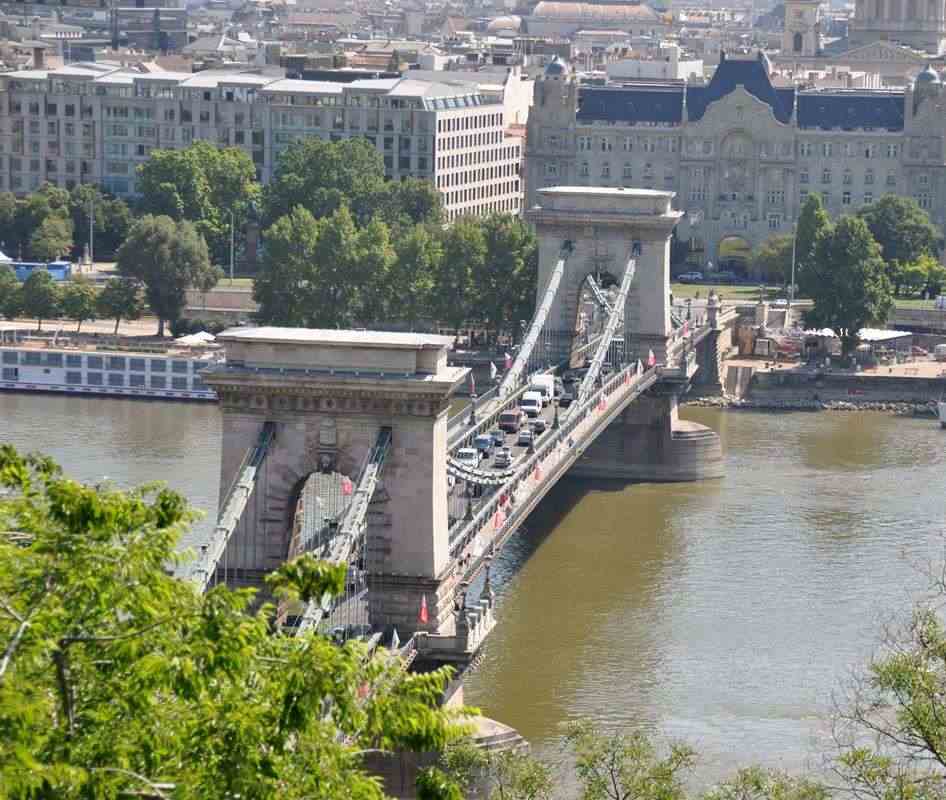
Budapest - Buda side of the River Danube
Buda, on the west side of the river is hilly and semi-suburban, and has winding, narrow streets wending their way up into the hills.
It is greener and more residential.
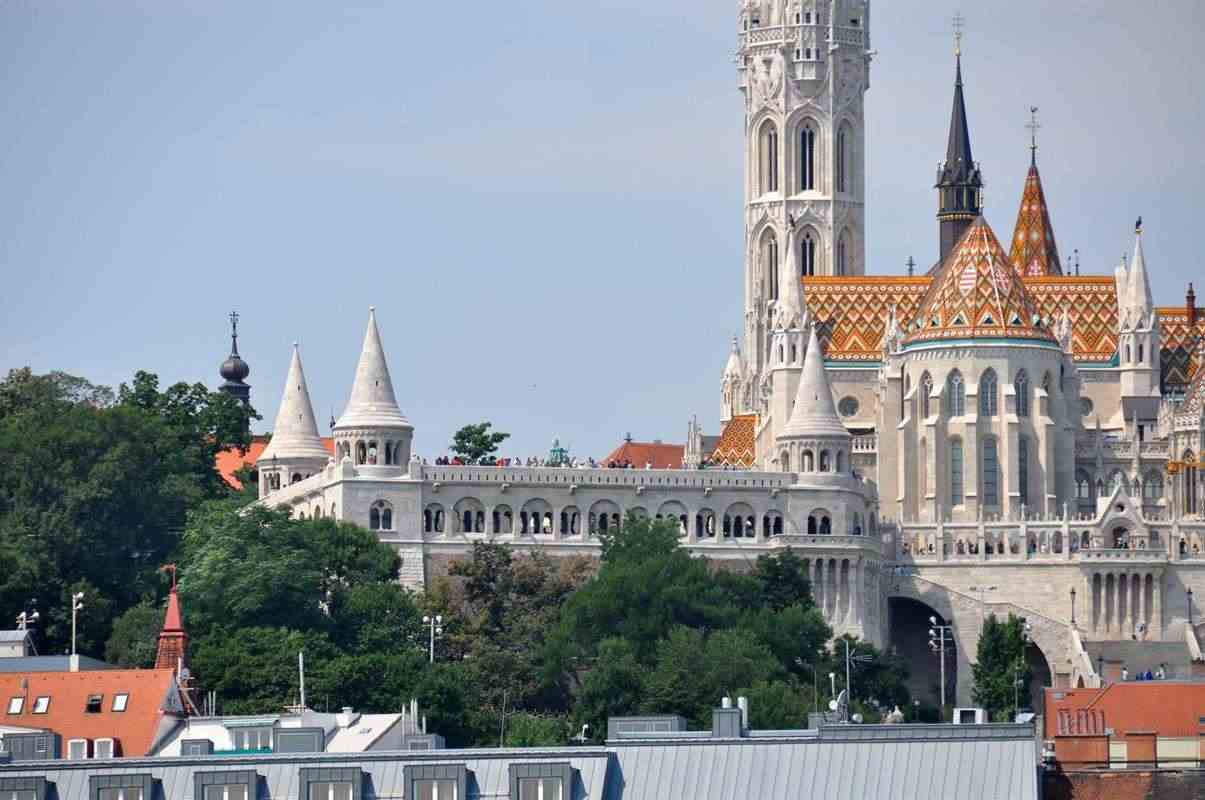
The Fisherman's Bastion
The Halászbástya or Fisherman's Bastion,a terrace in neo-Gothic and neo-Romanesque style was designed and built between 1895 and 1902.
Its seven towers represent the seven Magyar tribes that settled in the Carpathian Basin in 896.
The Buda side castle wall was protected by the fishermen's guild and this is the reason why it was called Fishermen's Bastion.
It is a viewing terrace for the panaroma of the Pest area over the Danube River .
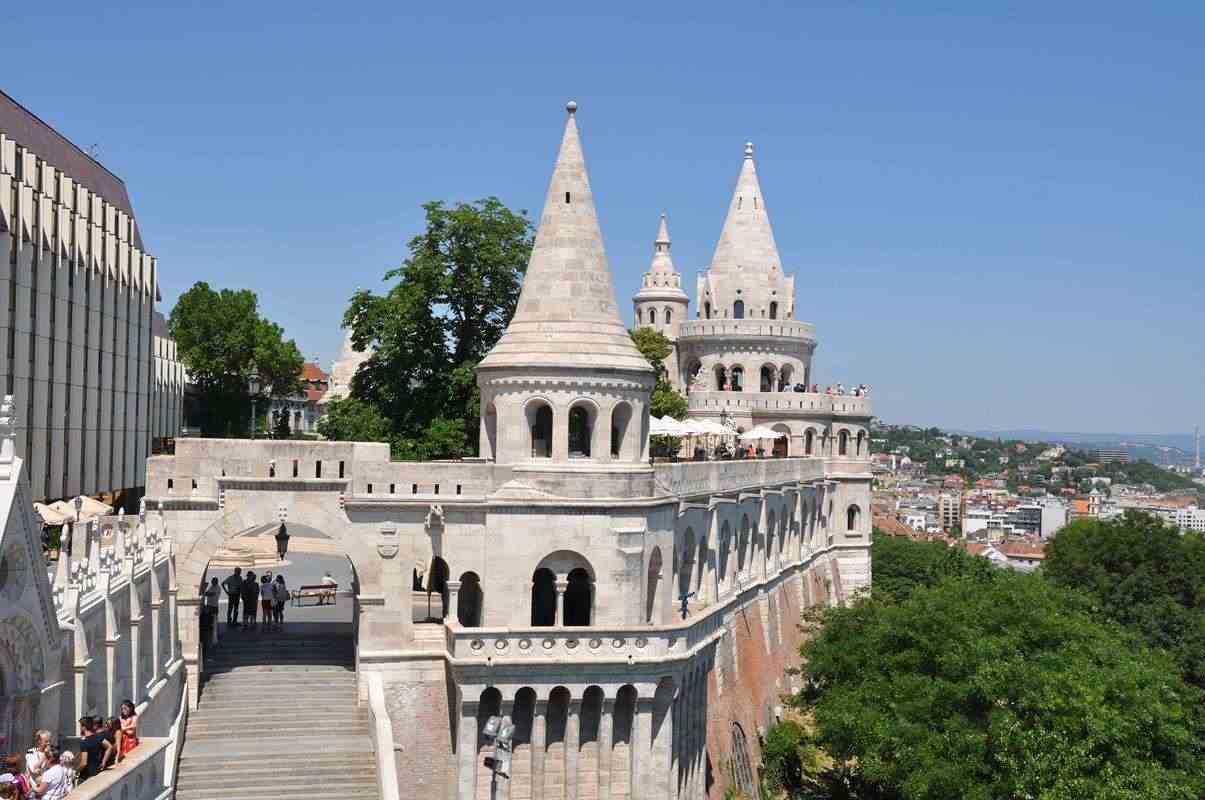
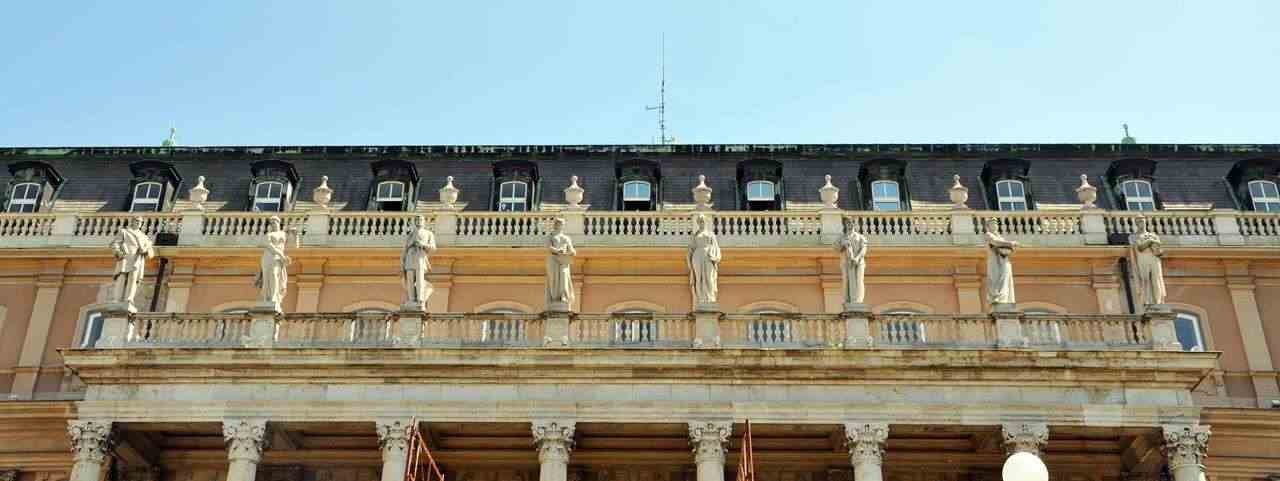
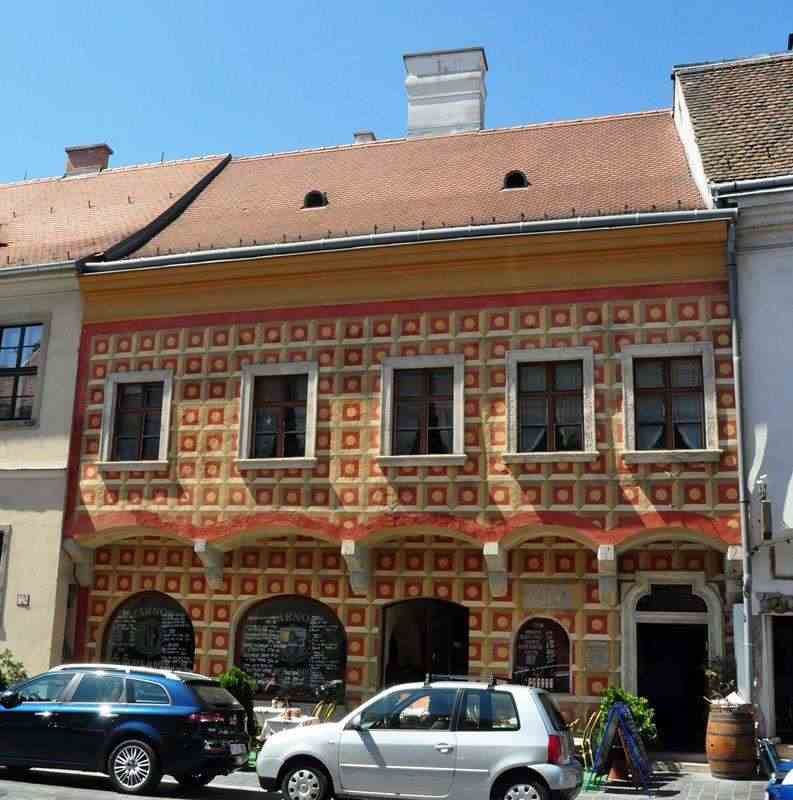
Matthias Church
Matthias Church was originally built in Romanesque style in 1015, although no archaeological remains exist.
The current building was constructed in the florid late Gothic style in the second half of the 14th century and was extensively restored in the late 19th century.
The church has been the scene of several coronations, including that of Charles IV in 1916 (the last Habsburg king).
It was also the site for King Matthias's two weddings (the first to Catherine of Poděbrady and, after her death, to Beatrice of Naples).
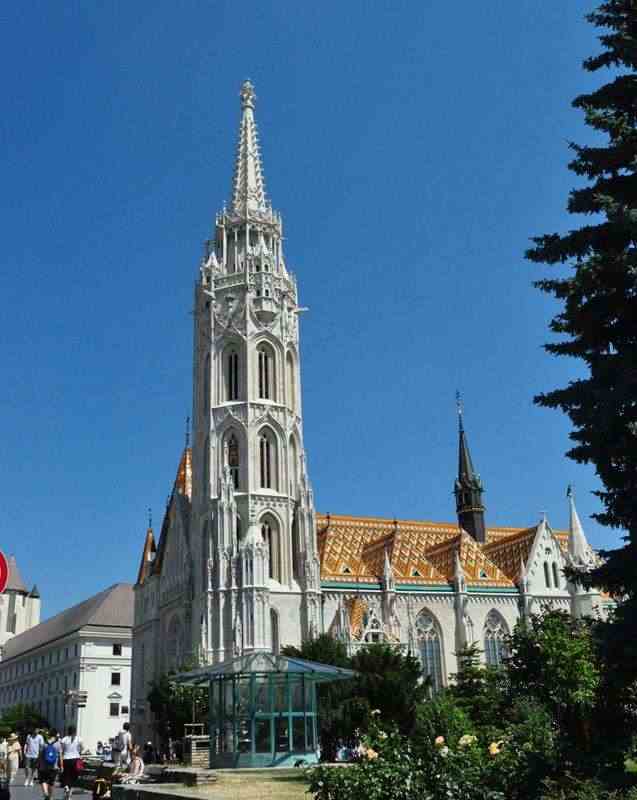
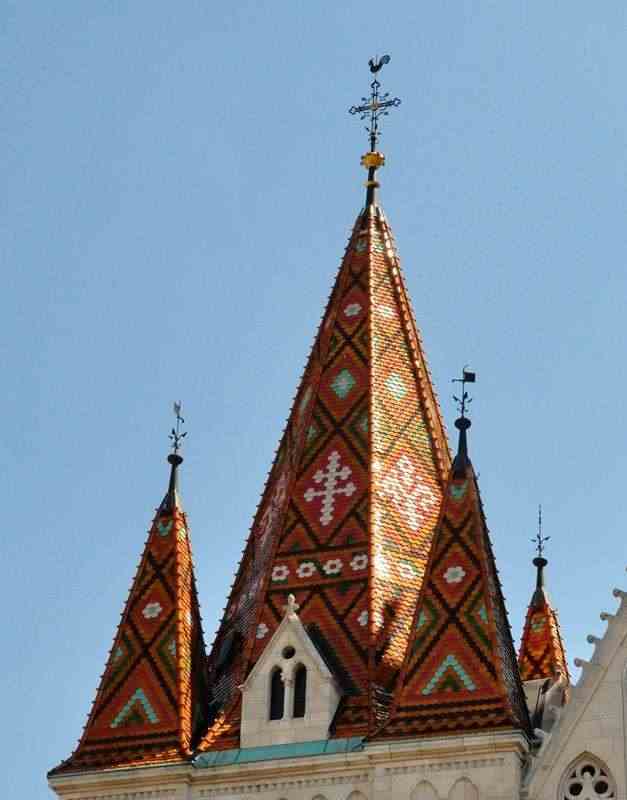

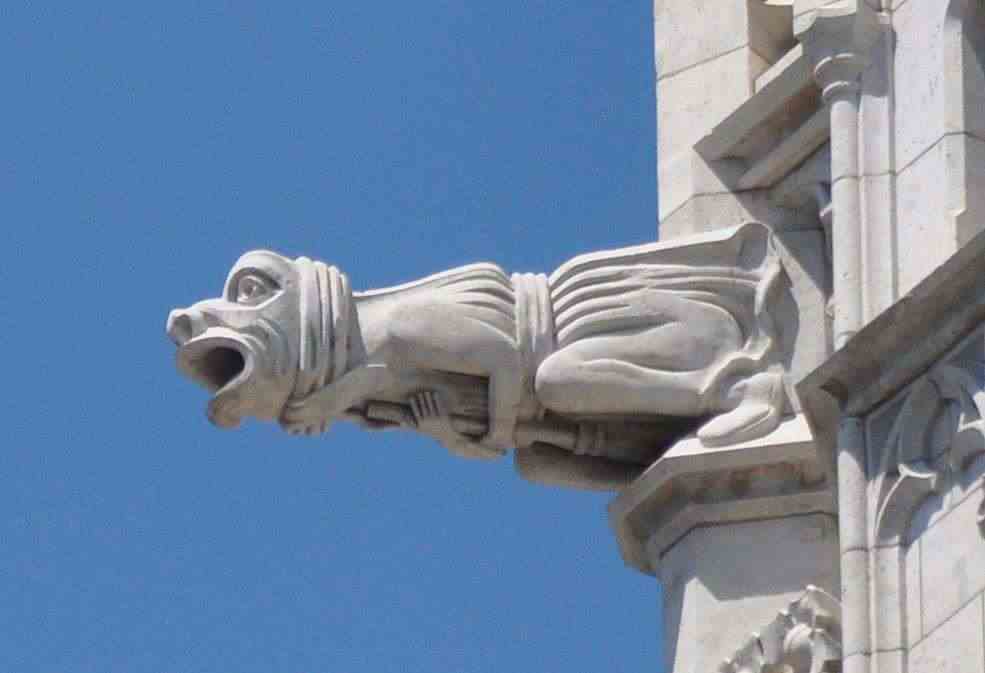


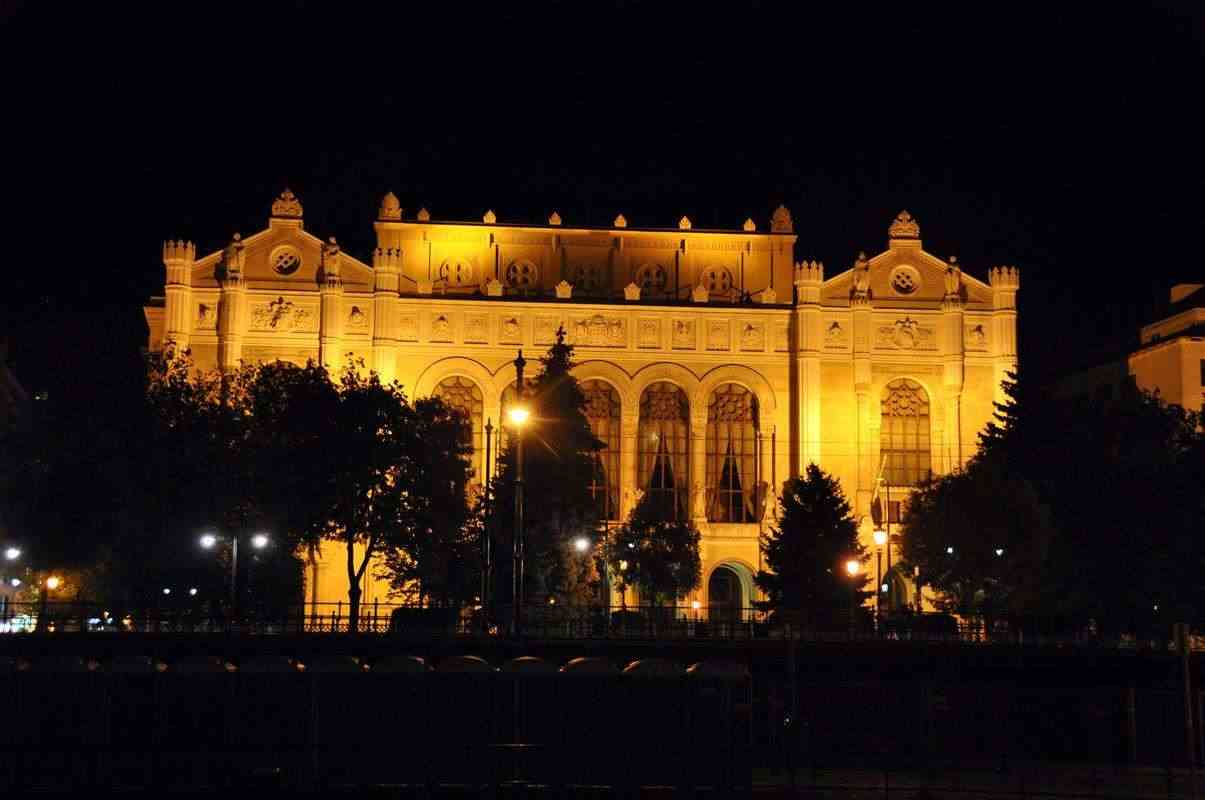

We saw Giuseppe Verdi's opera, Rigoletto, at the Hungarian State Opera House in Budapest.
The Italian libretto was written by Francesco Maria Piave and the opera had a triumphant premiere in Venice in 1851.
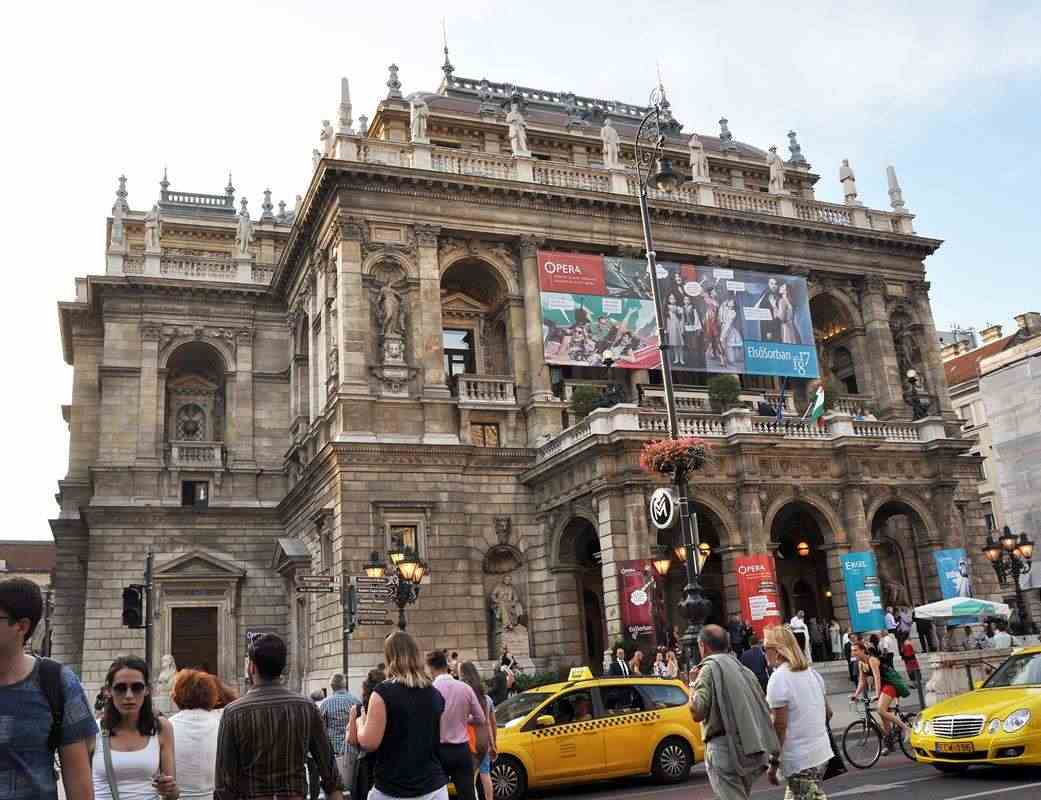

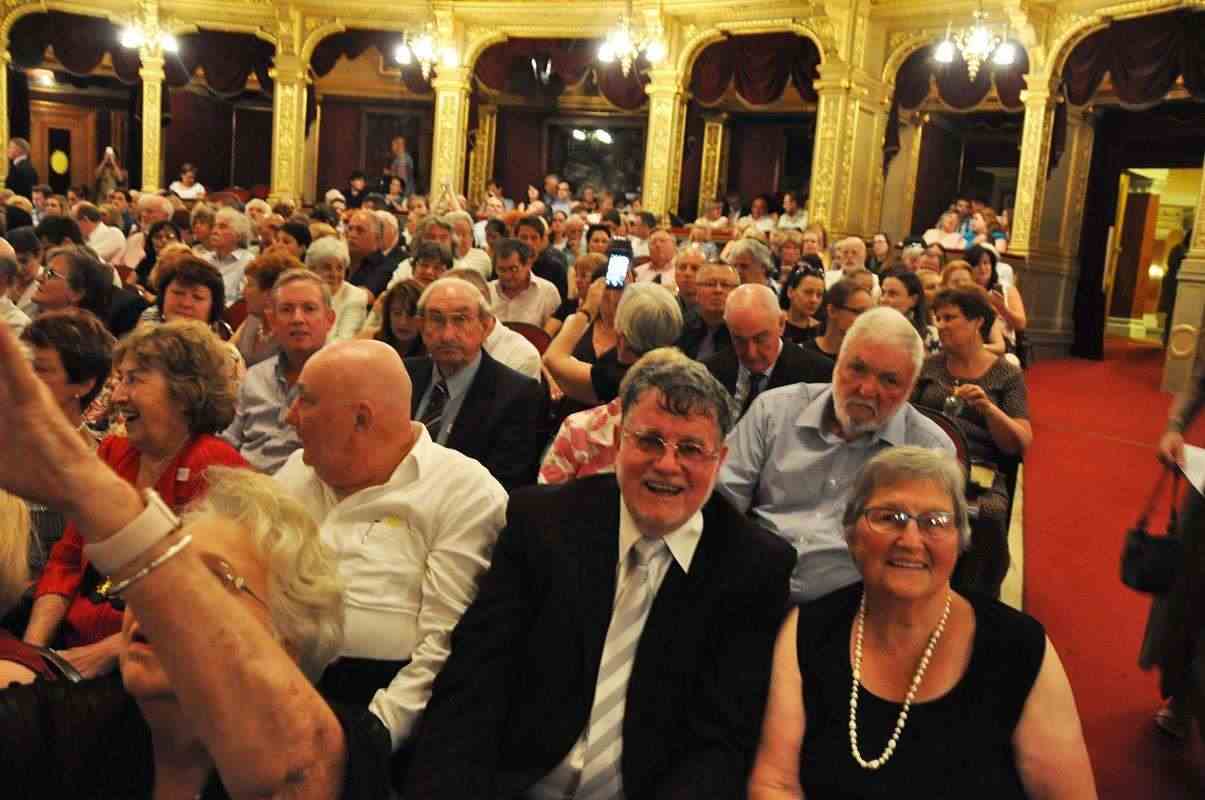
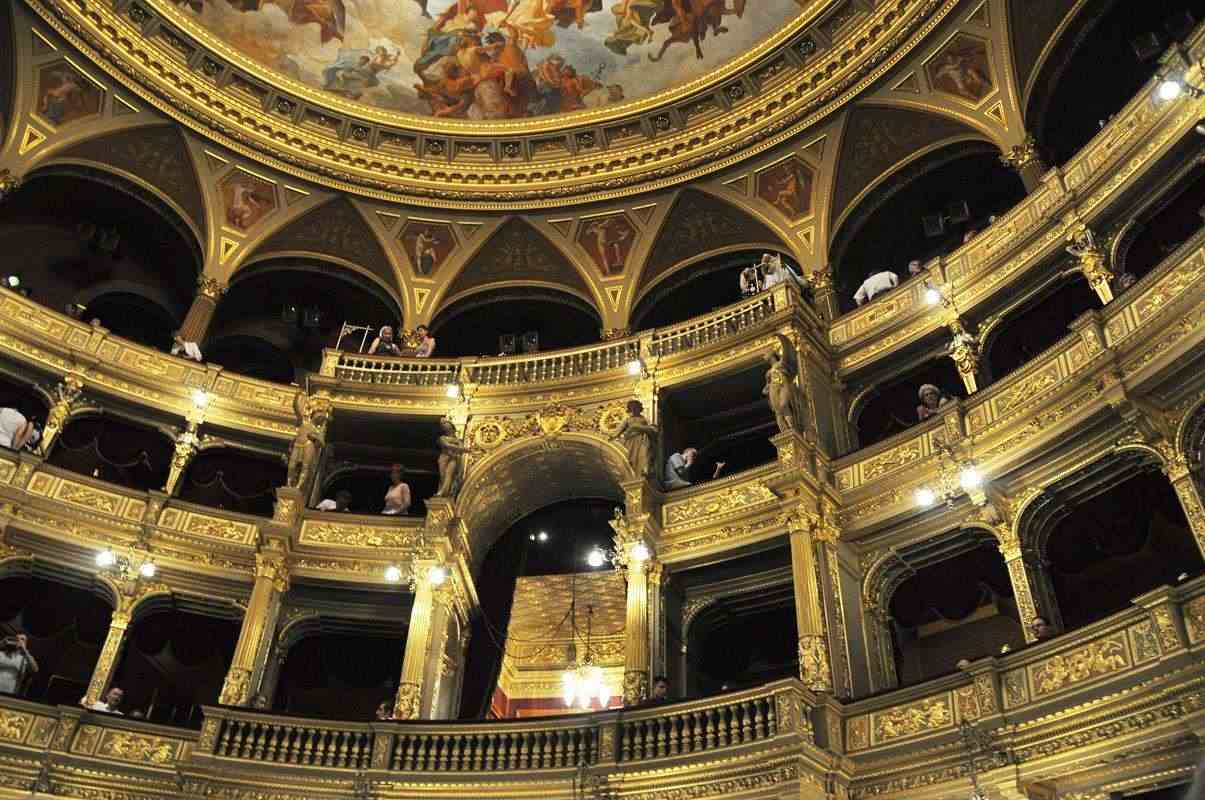
We flew from Budapest to Dubai.
After anight in Dubai we flew home to Melbourne.
We visited Bratislava on our first Operatif Music Lovers tour in June 2017.
(Europe - Operatif Bohemian Rhapsody Tour)
(Melbourne - Dubai - Munich - Salzburg - Český Krumlov - Prague - Vienna - Bratislava - Budapest - Dubai - Melbourne).
From Bratislava in Slovakia we first visited Szentendre before we travelled on to Budapest.
Szentendre
Szentendre is a tourist town on the banks of the Danube River, about a half-hour drive fom Budapest.
The name of the town is based on the Medieval Latin form Sankt Andrae ("St. Andrew").




Budapest - the Pest side of the Danube River
Our hotel was on the Pest side of the Danube River.
Pest is the urban centre of the city, on the east side of the river. Parliament, the Basilica, the Synagogue, the Opera, Music Academy,
Central Market Hall, Palace of the Arts, and National Theatre are all here and in walking distance of each other
(more or less…the last two are a pretty healthy hike), as is virtually everything else.
Pest sits on a plane wheras Buda on the other side of the river is hilly and semi-urban.


Széchenyi Thermal Baths
Széchenyi thermal bath is the largest medicinal bath in Europe.
Its water is supplied by two thermal springs, whose temperatures are 74 °C and 77 °C, respectively.
Components of the thermal water include sulphate, calcium, magnesium, bicarbonate and a significant amount of fluoride acid and metaboric acid.
Medical indications are on degenerative joint illnesses, chronic and sub-acute joint inflammations, as well as orthopaedic and traumatological post-treatments.
There are 3 outdoor and 15 indoor pools as well as spas and saunas.
Opened in 1913, the domed neo-baroque style entrance gallery is spectactular.

Heroes Square - Hősök Tere
Construction began in 1896 to commemorate the thousandth anniversary of the Hungarian conquest
of the Carpathian Basin and the foundation of the Hungarian state in 1896.
When the monument was originally constructed, Hungary was part of the Austro-Hungarian Empire and thus the last five spaces
for statues on the left of the colonnade were reserved for members of the ruling Habsburg dynasty.
The Habsburg emperors were replaced with Hungarian freedom fighters when the monument was rebuilt after World War II.





Hungarian Parliament Building - Budapest
Magnificent on the outside! - Magnificent on the inside! - Magnificent at night!

Shoes on the Danube Bank
The Shoes on the Danube River Bank is a memorial on the Pest side of the river that was near our hotel.
Conceived by film director Can Togay, he created it with sculptor Gyula Pauer to honor the people (mainly Budapest Jews)
who were killed by fascist Arrow Cross militiamen in Budapest during World War II.
They were ordered to take off their shoes, and were shot at the edge of the water so that their bodies fell into the river and were carried away.
It represents their shoes left behind on the bank.


Budapest - Chain Bridge - Széchenyi Lánchídaa
Opened in 1849, it was the first permanent bridge across the Danube in Hungary.
The bridge has the name of Count István Széchenyi, a major supporter of its construction, attached to it, but is most commonly known as the "Chain Bridge".
In the 1830s, Széchenyi visited Britain and was very impressed with a suspension bridge, the Marlow Bridge, across the River Thames in Marlow,
that was designed by the English engineer William Tierney Clark.
Clark designed the Chain Bridge in 1839 and its construction was supervised locally by Scottish engineer Adam Clark (no relation).
At the time, its centre span of 202 metres was one of the largest in the world.
The bridge's cast iron structure was updated and strengthened in 1914.
In World War II, the bridge was blown up on 18 January 1945 by the retreating Germans during the Siege of Budapest, with only the towers remaining.
It was rebuilt, and it reopened in 1949.

Budapest - Buda side of the River Danube
Buda, on the west side of the river is hilly and semi-suburban, and has winding, narrow streets wending their way up into the hills.
It is greener and more residential.

The Fisherman's Bastion
The Halászbástya or Fisherman's Bastion,a terrace in neo-Gothic and neo-Romanesque style was designed and built between 1895 and 1902.
Its seven towers represent the seven Magyar tribes that settled in the Carpathian Basin in 896.
The Buda side castle wall was protected by the fishermen's guild and this is the reason why it was called Fishermen's Bastion.
It is a viewing terrace for the panaroma of the Pest area over the Danube River .



Matthias Church
Matthias Church was originally built in Romanesque style in 1015, although no archaeological remains exist.
The current building was constructed in the florid late Gothic style in the second half of the 14th century and was extensively restored in the late 19th century.
The church has been the scene of several coronations, including that of Charles IV in 1916 (the last Habsburg king).
It was also the site for King Matthias's two weddings (the first to Catherine of Poděbrady and, after her death, to Beatrice of Naples).








We saw Giuseppe Verdi's opera, Rigoletto, at the Hungarian State Opera House in Budapest.
The Italian libretto was written by Francesco Maria Piave and the opera had a triumphant premiere in Venice in 1851.




We flew from Budapest to Dubai.
After anight in Dubai we flew home to Melbourne.